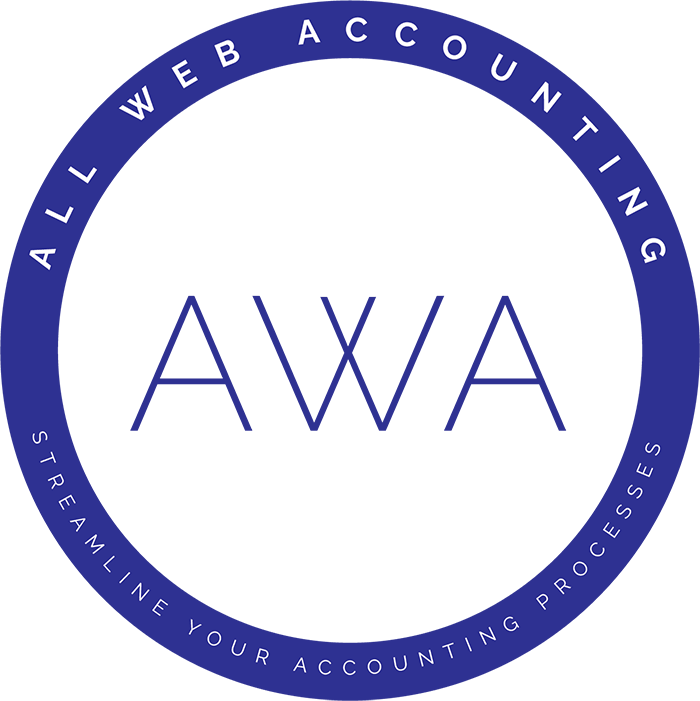Accounting 101: Key Terms Every Business Owner Should Know
Accounting Fundamentals are something every business owner must know. Simply, accounting terminologies will not only assist you in organising accounts successfully,but also help to make prudent financial choices for the business. Below are a few important accounting terminologies that all business owners must have knowledge about to better understand their financial health and plan for the future.
Assets
Assets are the resources owned by a business that can provide economic benefit. These encompass cash, inventory, equipment, buildings and like any other business-controlled economic resource. Assets are classified into two types:
Current Assets: This category includes assets that are likely to be turned into cash within the upcoming one year time frame, which include cash, accounts receivable and inventory.
Fixed (Non-Current) Assets: Items like land and buildings that take a long time to be converted into cash.
Understanding assets is important because they reflect the financial foundation of your business and are the essence of accounting systems.
Liabilities
Things that a business owes to others, including loans, accounts payable and other types of debt. Liabilities — As with assets, these can be divided up into two separate categories:
Current Liabilities: Amounts owed that are due within the next year, like accounts payable and short-term debt.
Long-Term Liabilities: Obligations that are not due until after one year, such as mortgages or bonds.
Tracking liabilities helps business owners ensure they can meet their obligations and avoid financial issues.

Equity
Equity represents owner’s stake in the business after liabilities are subtracted from assets. It’s essentially the net worth of the business and can be calculated as :
Equity= Assets − Liabilities
In the balance sheet, equity is what’s left after the company’s debts are paid off, which reflects the owner’s true investment in the company.
Revenue
Also known as sales or income, this is the total amount of money earned by selling goods or services. Although, Revenue growth can be a good sign that the business is performing well, one must remember that revenue and profit are different as revenue doesn’t give any idea on the financial status of the business.
Expenses
Costs an organization incurs when running its business, things like rent, salaries, utilities and supplies. To know whether you are making profit on your business or not, tracking of expenses is important. There are different types of expenses:
Fixed Costs: Expenses that remain stable like rent or salaries.
Variable Expenses: Costs that vary based on production or sales volume, like raw materials.
While operating a business, ensuring that the owner needs to know the expenses accordingly for budgeting and helping in accounting systems.
Profit (Net Income)
Profit, or net income, is the amount remaining after all expenses are deducted from sales. This measure reflects the true profitability of a business and is expressed as follows:
Profit=Revenue−Expenses
Profitability is a key indicator of financial health, and positive profits indicate that a business is earning more than it spends.
Cash Flow

Net movement of cash into and out of the business. Cash flowing positive means that a business has enough income to pay its bills, explore new opportunities and economic storms. Cash flow is the lifeblood for day-to-day functionality as well as long-term development because it highlights how effectively an enterprise manipulates its finances.
Accounts Receivable (AR)
Money that customers owe the business for goods or service sold on credit. When it is collected, it will be converted to cash as collection of accounts receivable in a timely manner is extremely important to ensure that there are sufficient funds available to pay bills associated with running the business, as no one else sits around waiting for their payments, the can be managed by accounts receivable software.
Accounts Payable (AP)
Accounts payable are the amounts a company owes suppliers to purchase goods or services on credit. This is registered on balance sheet as a liability. If managing accounts payable is efficient, it assures that the business pays it suppliers on time and does not incur any late payment penalties.
Balance Sheet
A Balance sheet is a financial statement that provides a snapshot of a company’s financial position at a specific point in time. It consists of three main components:
Assets
Liabilities
Equity

Income Statement
The income statement known as the profit and loss (P&L) statement reports a companies revenues and expenses for a period. It provides measures to business owners to help in the understanding of where their profits lie, source of income or types of expenses . At the bottom of the income statement appears net income, or profit, for that time period.
General Ledger
Complete record of all financial transactions that take place in a business. It is the main storage body for accounting information, divided into accounts such as bank account, inventory and accounts payable. The general ledger is important for preparing the statements of accounts and for keeping track of financial stability. Bookkeeping softwares such as quickbooks and xero are used for this purpose.
Conclusion
By understanding accounting terms, business owners develop a foundation in financial literacy that will help them make informed decisions going forward. Knowing the difference between assets, liability, revenue and expenses or cash flow will help you a lot to understand how your business can manage its finances efficiently without complications in either investment or debts getting costlier. No matter if you do your own accounting systems or use someone elses , one must understand these terms.
